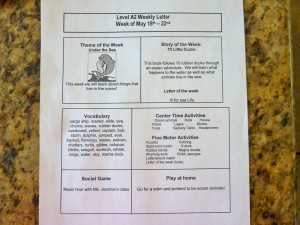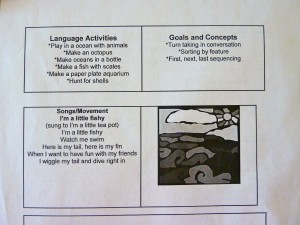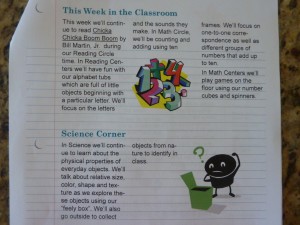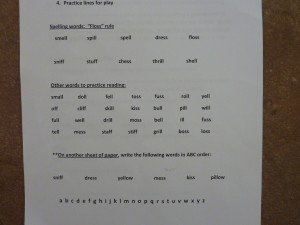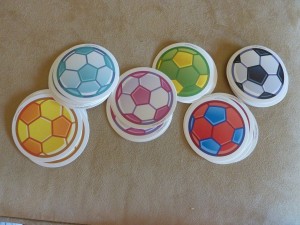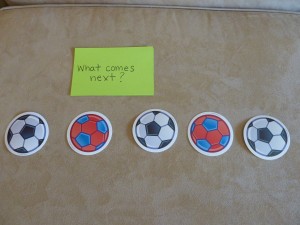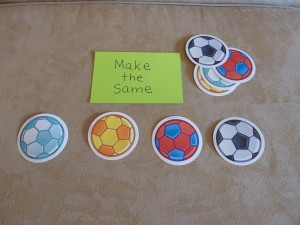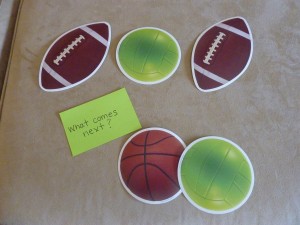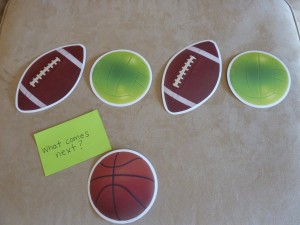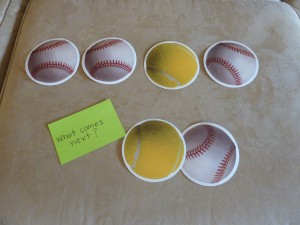Kit Item #9: Clothesline and Clothespins
This is one of my favorite tools and the fact that I can use it to build multiple skills and concepts by combining an academic or concept driven skill with the fine motor skills and planning involved with using clothespins just makes it even more awesome! It adapts beautifully to whatever I need Andrew to be working on, which helps to keep it interesting. This is huge in keeping him engaged and motivated and I love the smirk on his face when he sees it and wonders what he’s going to be doing. 🙂
The clothesline and clothespins are easily contained in a plastic bag and the cards or cutouts can also be kept in a separate baggie which makes this tool perfect for a kit. Check out my  original post on Clothesline Clipping to get more details although it really could not be more simple – clothesline, clothespins, something to attach the clothesline to (doorknobs and chairs work well), and concepts on cards to clip together.
Sample Activities:






While there are different kinds of clothespins out there, I prefer to use the wooden clothespins with the spring. I’ve tried some of the newer plastic clips (the white ones in the pictures) and they are really challenging to open. My advice is to try the clothespins or clips to see how hard it is to open before having a child use it who already has some fine motor weaknesses.
Click here for the search results for clothesline from my website.
Engage, Encourage and Empower!


